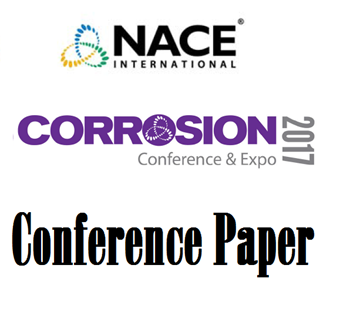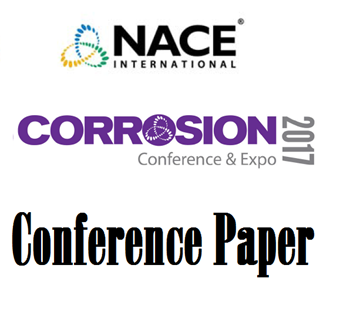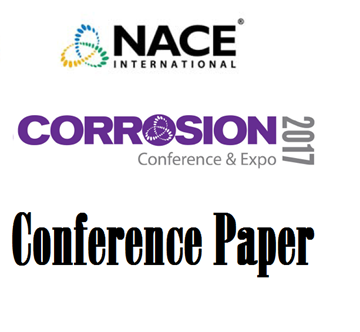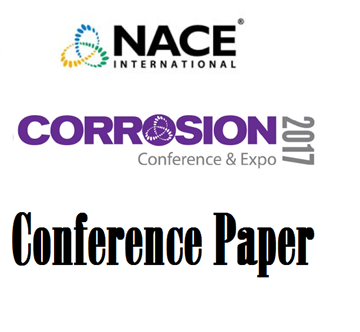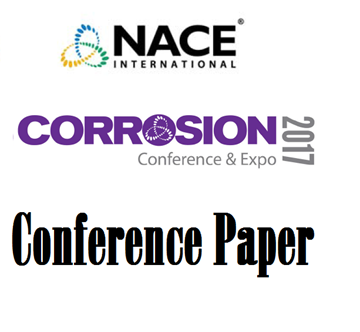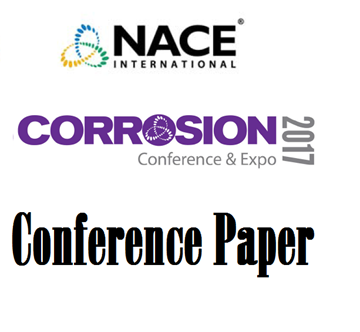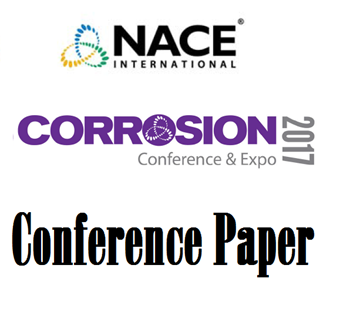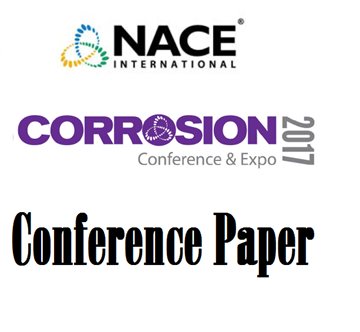Search
Products tagged with '2017 Conference Papers'
View as
Sort by
Display
per page
The AC Close Interval Survey and Other Common AC Measurement Errors
Product Number:
51317--9455-SG
ISBN:
9455 2017 CP
Publication Date:
2017
$20.00
The Benefits of Steel Grit Blasting and Recycling
Product Number:
51217-074-SG
Publication Date:
2017
$20.00
The Case Against Galvanized Piping in Domestic Water Systems
Product Number:
51317--9398-SG
ISBN:
9398 2017 CP
Publication Date:
2017
$20.00
The Challenge of Balancing Adhesion and Corrosion Resistance in Waterborne Styrenated Acrylic Direct to Metal (DTM) Resins
Product Number:
51217-034-SG
Publication Date:
2017
$20.00
The Effect of Shot Peening on Steam Oxidation of Stainless Steel at 600°-650°C
Product Number:
51317--9426-SG
ISBN:
9426 2017 CP
Publication Date:
2017
$20.00
The Effectiveness of Energy Efficient Coatings for Military Use
Product Number:
51217-081-SG
Publication Date:
2017
$20.00
The Evolution of AC Predictive and Mitigation Software
Product Number:
51317--8912-SG
ISBN:
8912 2017 CP
Publication Date:
2017
$20.00
The Facts and a Few Urban Legends Too Around Flow-accelerated Corrosion
Product Number:
51317--9165-SG
ISBN:
9165 2017 CP
Publication Date:
2017
$20.00
The Impact of Ultra-Low Temperature Sandstone Reservoirs on Scale Inhibitor Retention
Product Number:
51317--9107-SG
ISBN:
9107 2017 CP
Publication Date:
2017
$20.00
The Importance of Deposit Characterization in Mitigating UDC and MIC in Dead Legs
Product Number:
51317--9128-SG
ISBN:
9128 2017 CP
Publication Date:
2017
$20.00
The Microstructure Effect on Fracture Toughness of Ferritic Ni-alloyed Steels for CO2 Reinjection
Product Number:
51317--9204-SG
ISBN:
9204 2017 CP
Publication Date:
2017
$20.00
The Pitting Behavior of Austenitic and Duplex Stainless Steels Under SO2 Environments with Cl- And F
Product Number:
51317--9241-SG
ISBN:
9241 2017 CP
Publication Date:
2017
$20.00

